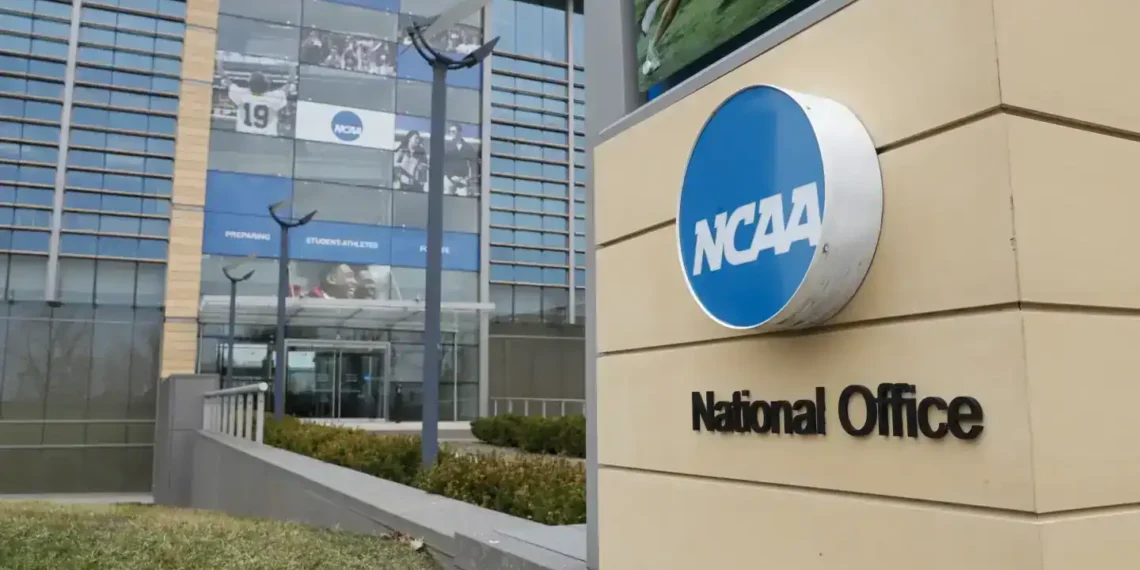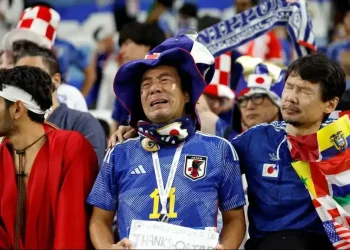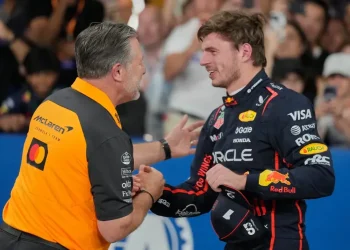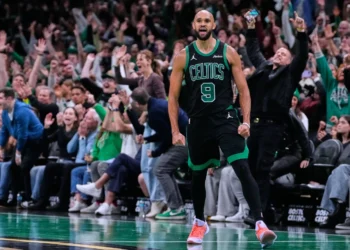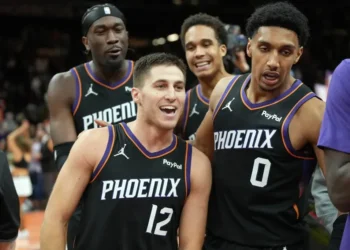Federal Judge Approves $2.8 Billion Settlement, Ushering in a New Era of Paying College Athletes
In a landmark decision this Friday, a federal judge gave the green light to what could be the biggest shakeup in college sports history: schools will soon be able to pay their athletes millions. This ruling tears down the long-standing amateurism model that has defined college athletics for over 100 years.
The journey began nearly five years ago when Arizona State swimmer Grant House challenged the NCAA and its biggest conferences, seeking to end the restrictions that kept athletes from sharing in the massive revenues their efforts helped generate. U.S. Judge Claudia Wilken’s approval of the final settlement clears one major hurdle — roster limits — that had held up progress. Now, colleges can start paying players as soon as next month.
What’s in the Settlement?
Here’s the big picture: schools are allowed to share up to $20.5 million with their athletes over the next year. Plus, over the next decade, a staggering $2.7 billion will be paid to thousands of former players who were previously barred from earning a dime from their college sports careers.
Lead plaintiff attorney Steve Berman called it “a fantastic win for hundreds of thousands of college athletes.” And he’s right. This settlement fundamentally reshapes how the multibillion-dollar college sports machine works — finally recognizing the players who make it all possible, especially football and basketball stars.
A Massive Shift Across College Sports
This isn’t just about money — it’s about transformation. The recruitment of top athletes heading for the NFL and NBA will become more competitive and lucrative. On the flip side, some schools may scale back programs that don’t bring in revenue, affecting thousands of athletes nationwide. Nearly all of the NCAA’s 1,100 member schools — home to almost half a million athletes — will feel the impact.
NCAA President Charlie Baker said the deal “opens a pathway to begin stabilizing college sports,” signaling a new chapter in the game.
How Did We Get Here?
Judge Wilken has been pivotal for years. Eleven years ago, she challenged the NCAA’s amateurism model with a ruling in favor of former UCLA basketball star Ed O’Bannon and others seeking compensation for use of their name, image, and likeness (NIL) — terms now as familiar as “March Madness.”
The NCAA only cleared the way for NIL earnings four years ago, but this settlement takes things much further. With the NCAA stepping back from oversight, power is shifting to the four biggest conferences — the ACC, Big Ten, Big 12, and SEC — which control much of the college sports landscape and the lucrative College Football Playoff.
Roster Limits: The Last Hurdle
The settlement nearly stalled this spring over roster limits that led some players to lose their spots. These limits were meant to allow schools to offer scholarships to everyone on the roster but ended up causing cuts to walk-on athletes.
After hearing from players, Judge Wilken ruled that any athlete cut — now called a “Designated Student-Athlete” — can return to their old school or join another team without counting against roster limits. This compromise addressed player concerns while affirming that roster spots were never guaranteed.
The delay caused uncertainty, with schools unsure if their long-planned programs could move forward.
Bubba Cunningham, athletic director at the University of North Carolina, summed it up: “It remains to be seen how this will impact the future of intercollegiate athletics — but we are committed to providing outstanding experiences for our student-athletes.”
Who Wins and Who Loses?
The winners here are mostly the star athletes in football and basketball at major programs, who will benefit from huge payments and NIL deals — some reportedly worth over $10 million.
The losers? Some walk-ons and partial scholarship athletes who may lose playing opportunities. Olympic sports athletes, who are often in these roles, face uncertainty too, despite their crucial role in U.S. Olympic success.
Despite these trade-offs, the attorneys behind the settlement say it delivers exactly what they promised: putting more money in the pockets of players who fuel the industry’s massive popularity — from the first kickoff to March Madness and beyond.
What’s Next?
While this settlement brings greater consistency, it doesn’t erase all legal questions. Different states still have varying laws about NIL payments, leaving room for future lawsuits. NCAA President Baker continues to push for federal legislation to create a unified rulebook and antitrust protections to keep college sports stable.
In short, the game has changed forever, and college athletes are finally getting a fair shot to share in the billions their talent and hard work generate.
This article was rewritten by JournosNews.com based on verified reporting from trusted sources. The content has been independently reviewed, fact-checked, and edited for accuracy, neutrality, tone, and global readability in accordance with Google News and AdSense standards.
All opinions, quotes, or statements from contributors, experts, or sourced organizations do not necessarily reflect the views of JournosNews.com. JournosNews.com maintains full editorial independence from any external funders, sponsors, or organizations.
Stay informed with JournosNews.com — your trusted source for verified global reporting and in-depth analysis. Follow us on Google News, BlueSky, and X for real-time updates.
